I have a dataset of images with faces. I also have for each face within the dataset a set of 66 2D points that correspond to my face landmarks(nose, eyes, shape of my face, mouth).
So basically I have the shape of my face in terms of 2D points from my image.
Do you know any algorithm that I can use and that can rotate my shape so that the face shape is straight? Let's say that the pan angle is 30 degrees and I want it rotated to 30 degrees so that it is positioned at 0 degrees on the pan angle. I have illustrated bellow what I want to say.


Basically you can consider the above illustrated shapes outlines for my images, which are represented in 2D. I want to rotate my first shape points so that they can look like the second shape. A shape is made out of a set of 66 2D points which are basically pixel coordinates. All I want to do is to find the correspondence of each of those 66 points so that the new shape is rotated with a certain degree on the pan angle.
 (image courtesy of Denis Simakov,
(image courtesy of Denis Simakov,